Quality Rating 1: Positive Guidance
Instructions
To meet the requirements for Developmentally Appropriate Learning and Practice: Positive Guidance: DAP 3.1, your written policy should describe your program’s positive behavioral practices and include how you use two specific strategies with the children in your program:
The Policy or Statement Builder provides a step-by-step guide for creating your policy.
Positive Strategies
Your program’s policy for positive behavioral practices should contain positive strategies for addressing children’s behavior. What do positive behavioral practices look like “in action”? This simple interactive activity helps you to identify how proven and effective strategies can be incorporated into your program to support children’s behavior.
Consider the following situation:
Michael is a four-year-old child in your program. His mother drops him off and starts to leave. Michael becomes visibly upset. He begins crying and yells “Nooooo, Mommy!” flailing his arms and legs.
Find out how these positive behavioral practices might work to support Michael’s transition into his day.
Build a Policy/Statement
Develop a policy that describes your program’s positive behavioral practices. The Reflection Questions below will help you think about what you do in your program to capture it when creating your policy. Once you have spent time reflecting on the questions below, you’re ready to build your policy.
Do you need more time to think about writing your Positive Guidance policy? Use the Writers Tips and Prompts to find examples and get more guidance on creating your policy.







